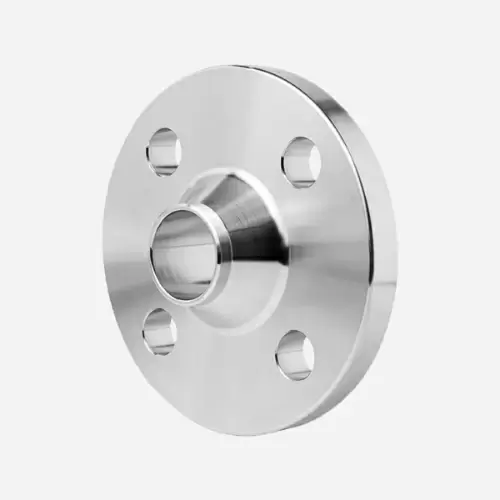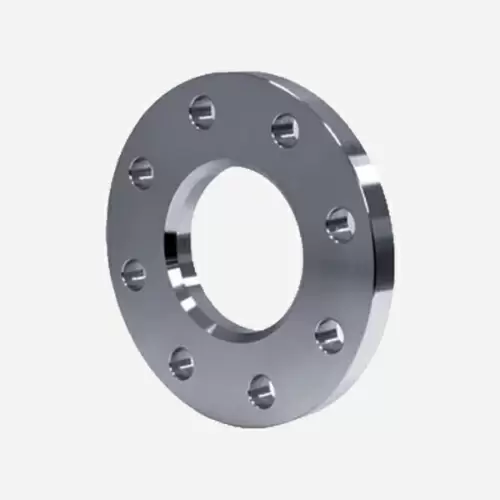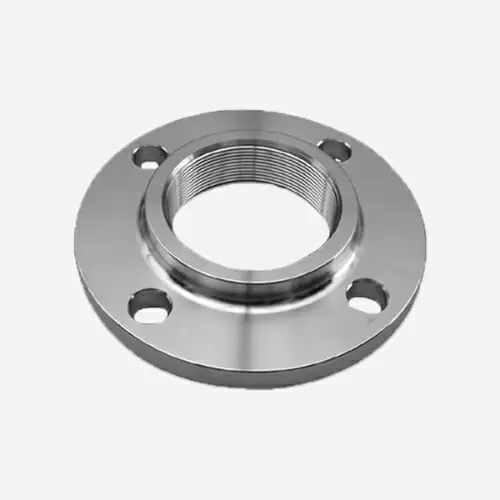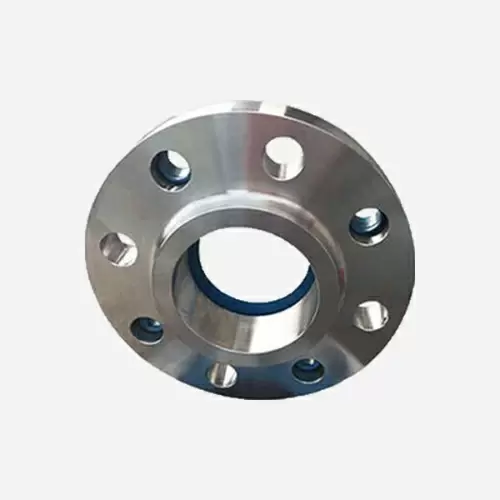Smart Level Transmitter
Accuracy: ±0.075%URL
Range: 0.4bar~2.5bar
Output Signal: 4mA~20mA DC, HART
DNV, ABS, KR, NK, and RS approved for installation on vessels
New Product Change Notice (PCN) effective Jan 1, 2025. MICROSENSOR appreciate your understanding.
MF7000
Used For
Leave a MessageIntroduction
The function of a companion flange is to enable pipeline connections by utilizing pairing to achieve connection and closure.
Sealing gaskets are positioned between the flanges, and fasteners are tightened to ensure reliability and sealing of the connection. Flange connections offer easy assembly and disassembly, facilitating convenient replacements.
When used in pairs, one is designed for instrumentation while the other is welded to the pipeline, mutually referred to as companion-flange. In this order guide, the flange welded to the pipeline is defined as the companion-flange, adhering to standard size specifications.
Function
• Welding neck flange
Applicable to various high-temperature and high-pressure pipeline equipment connections, the primary functions include pipe connection, enhancing safety, adapting to high-temperature and high-pressure conditions, and convenient maintenance.
• Plate flat welding flange
The sealing face is only applicable to RF Raised face (within the recommended range). Its advantages include a simple construction, easy installation, reduced equipment and cost investments, while meeting various pipeline operating conditions.
• Slip-on welding flange
Compared to other pipeline connection methods, its advantages lie in high-pressure resistance, corrosion resistance, excellent sealing, and ease of operation.
• Threaded flange
This is a type of flange that utilizes threading for pipeline connections, eliminating the need for welding. When the flange deforms, it imposes minimal additional torque on the cylinder or pipeline, making it suitable for highpressure pipeline connections.
Image:
Introduction
The function of a companion flange is to enable pipeline connections by utilizing pairing to achieve connection and closure.
Sealing gaskets are positioned between the flanges, and fasteners are tightened to ensure reliability and sealing of the connection. Flange connections offer easy assembly and disassembly, facilitating convenient replacements.
When used in pairs, one is designed for instrumentation while the other is welded to the pipeline, mutually referred to as companion-flange. In this order guide, the flange welded to the pipeline is defined as the companion-flange, adhering to standard size specifications.
Function
• Welding neck flange
Applicable to various high-temperature and high-pressure pipeline equipment connections, the primary functions include pipe connection, enhancing safety, adapting to high-temperature and high-pressure conditions, and convenient maintenance.
• Plate flat welding flange
The sealing face is only applicable to RF Raised face (within the recommended range). Its advantages include a simple construction, easy installation, reduced equipment and cost investments, while meeting various pipeline operating conditions.
• Slip-on welding flange
Compared to other pipeline connection methods, its advantages lie in high-pressure resistance, corrosion resistance, excellent sealing, and ease of operation.
• Threaded flange
This is a type of flange that utilizes threading for pipeline connections, eliminating the need for welding. When the flange deforms, it imposes minimal additional torque on the cylinder or pipeline, making it suitable for highpressure pipeline connections.
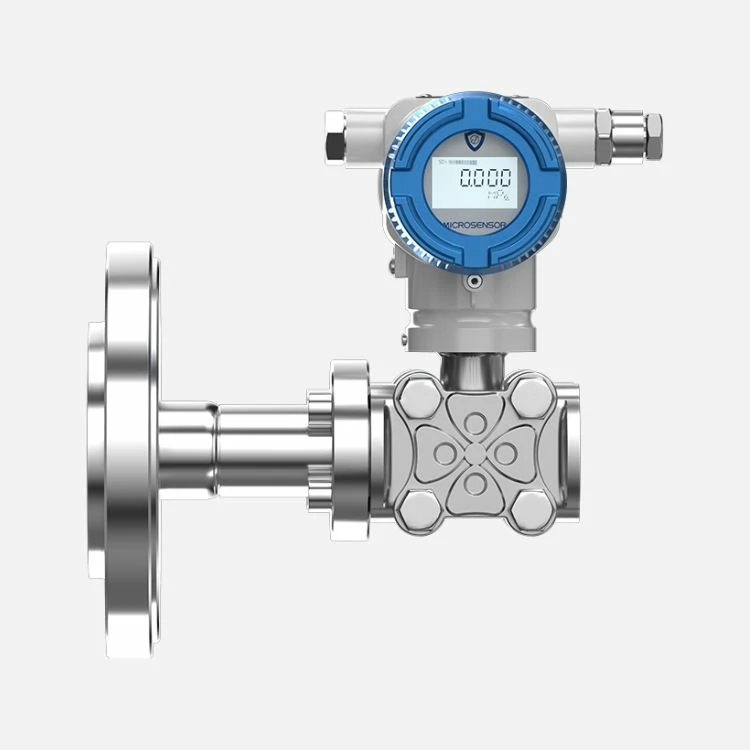
Accuracy: ±0.075%URL
Range: 0.4bar~2.5bar
Output Signal: 4mA~20mA DC, HART
DNV, ABS, KR, NK, and RS approved for installation on vessels
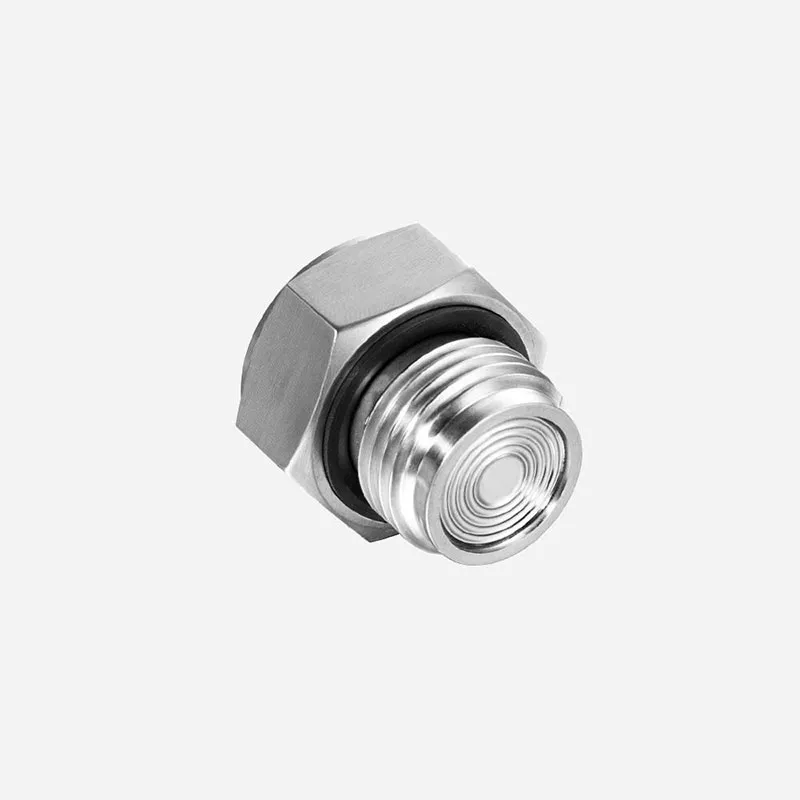
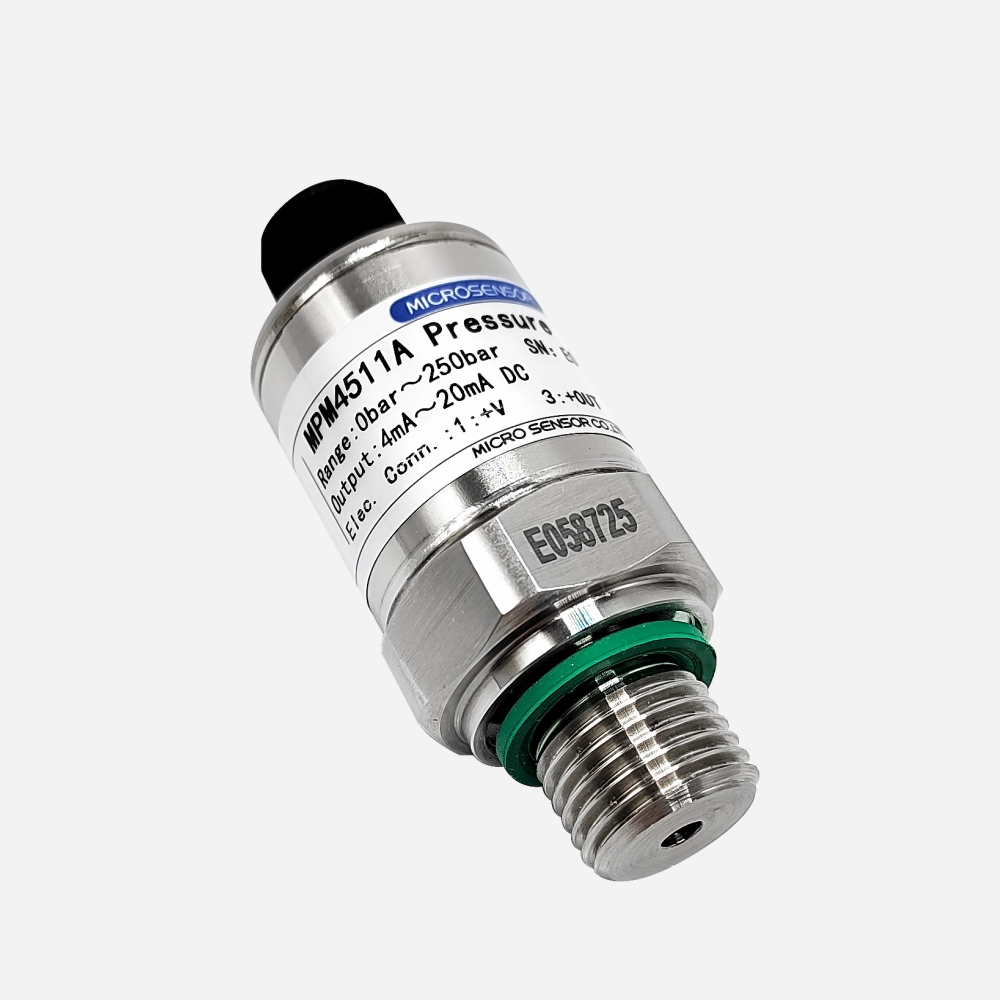
Applicable for Hydraulic and Pneumatic
0bar~16bar …350bar
Accuracy:±0.5%FS
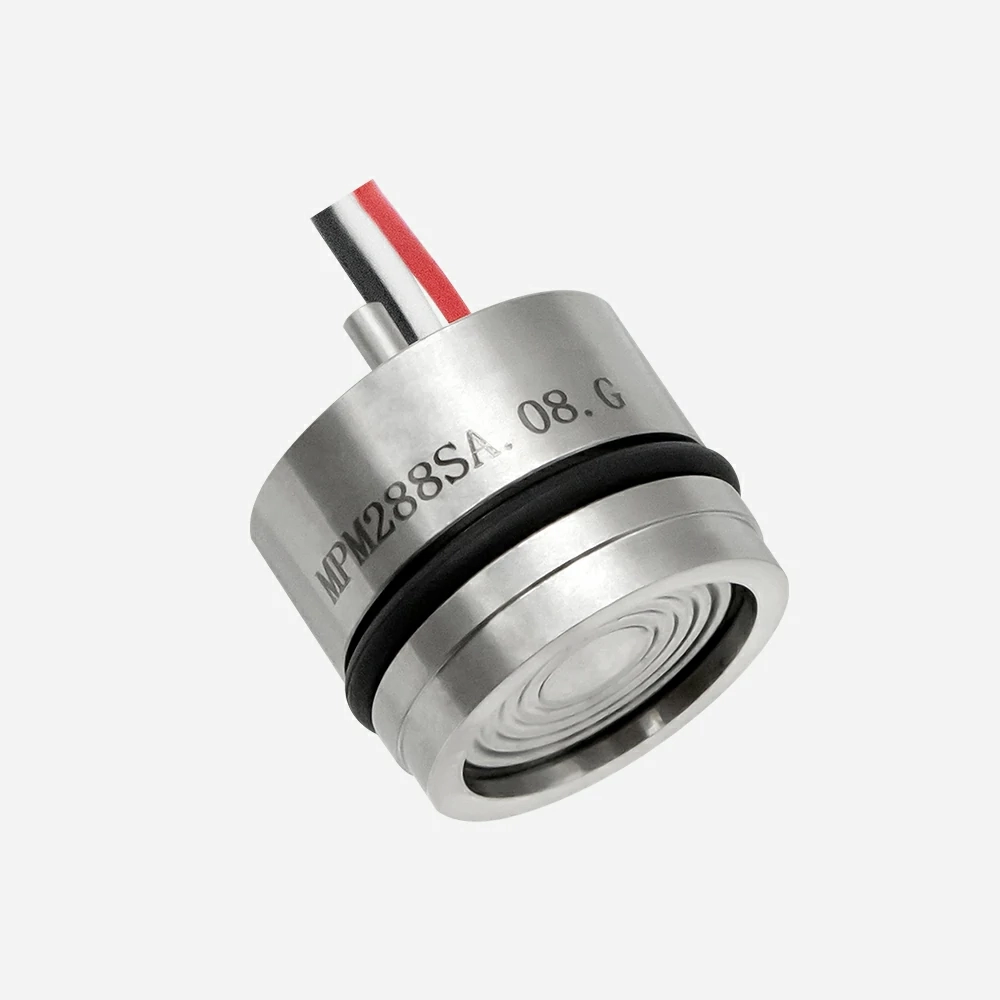
Range: -1bar…-0.35bar ~ 0bar ~0.35bar…700bar
No need for re-calibration for users, high precision
Customizable dimensions
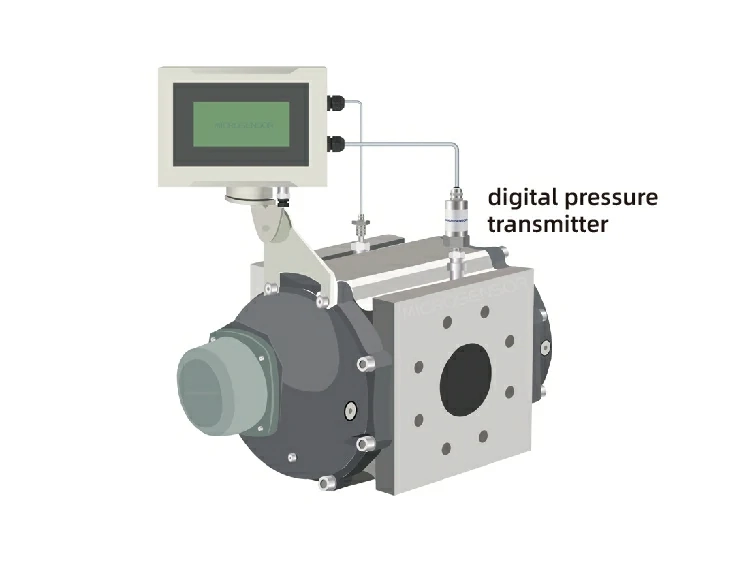
Rotary gas meter is the critical equipment in the system of urban gas gate station. As the basis of gas billing, rotary gas meter can accurately calculate the flow of natural gas. It is equipped with pressure transmitter with high accuracy, so as to guarantee the flow accuracy.
more info...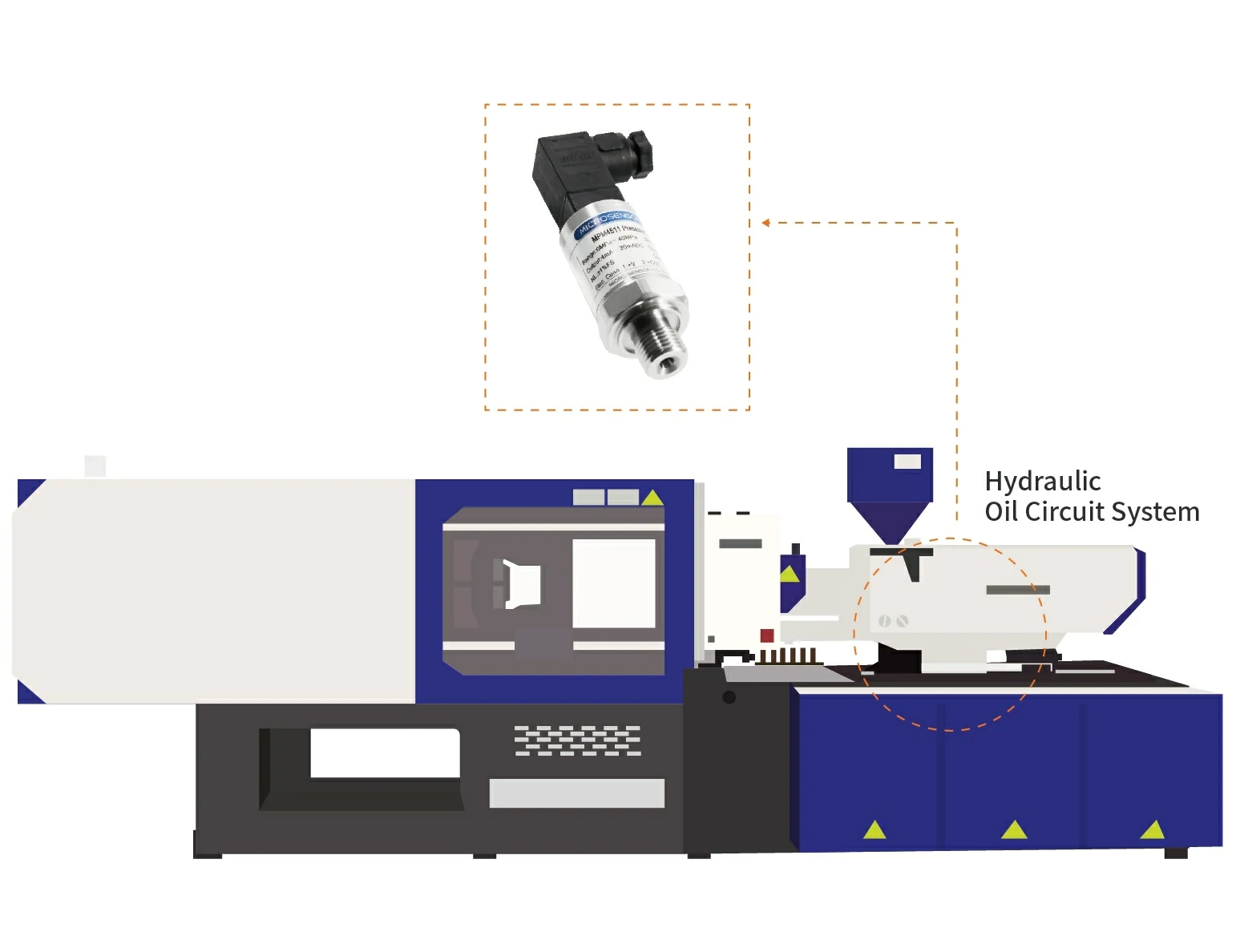
With the pressure transmitter, the pressure value of the hydraulic oil circuit system of the injection molding machine is monitored in real time, so as to provide reliable closed-loop control feedback signals for the stable operation of the hydraulic system.
more info...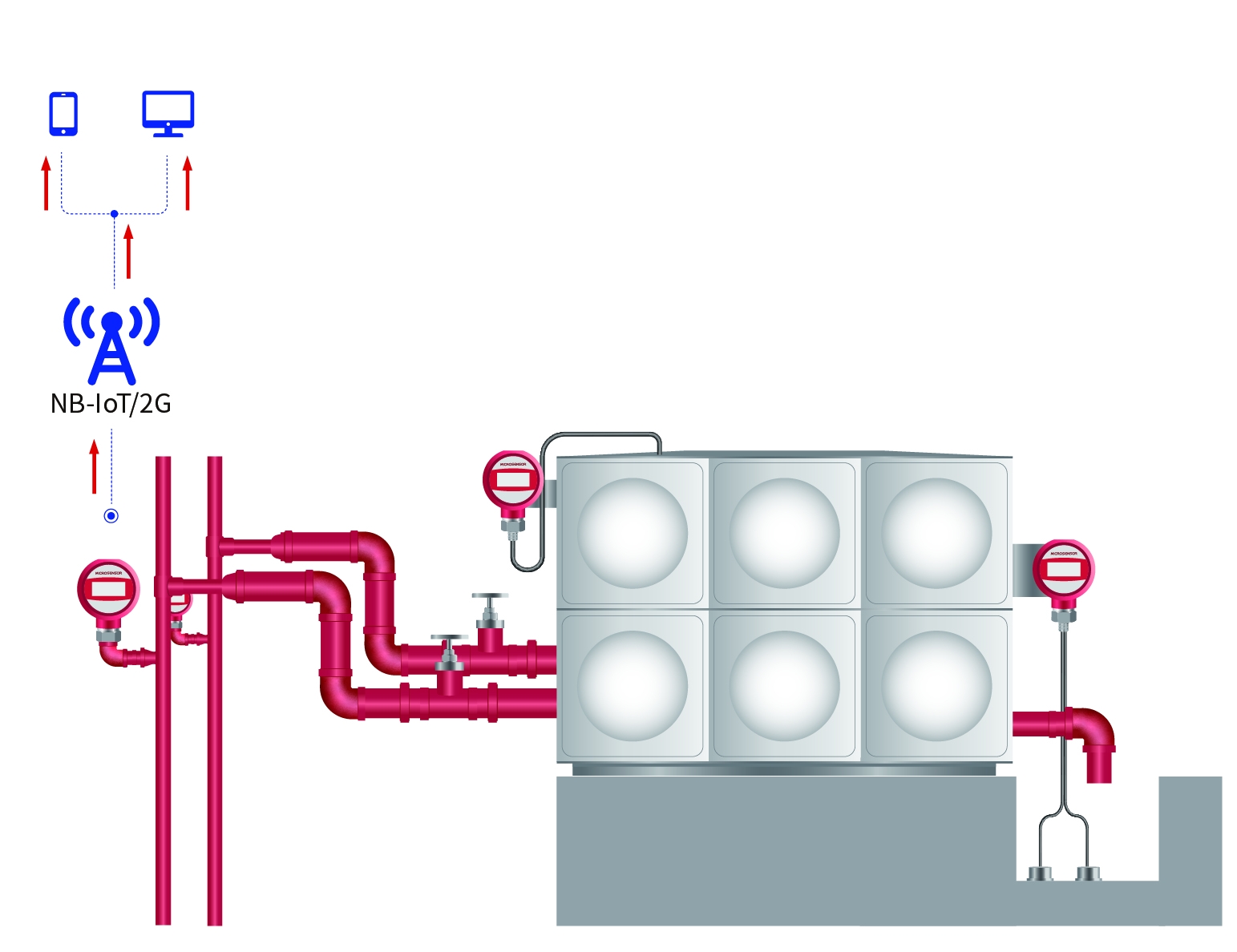
The normal operation of fire-fighting water pipeline plays an important role in safeguarding citizens' personal and property safety. Monitoring instruments are installed at each monitoring point of the fire protection pipeline to monitor pressure and level data in real time, so that when an error occurs, faults are located in time and alarms are given to facilitate staff maintenance and processing.
more info...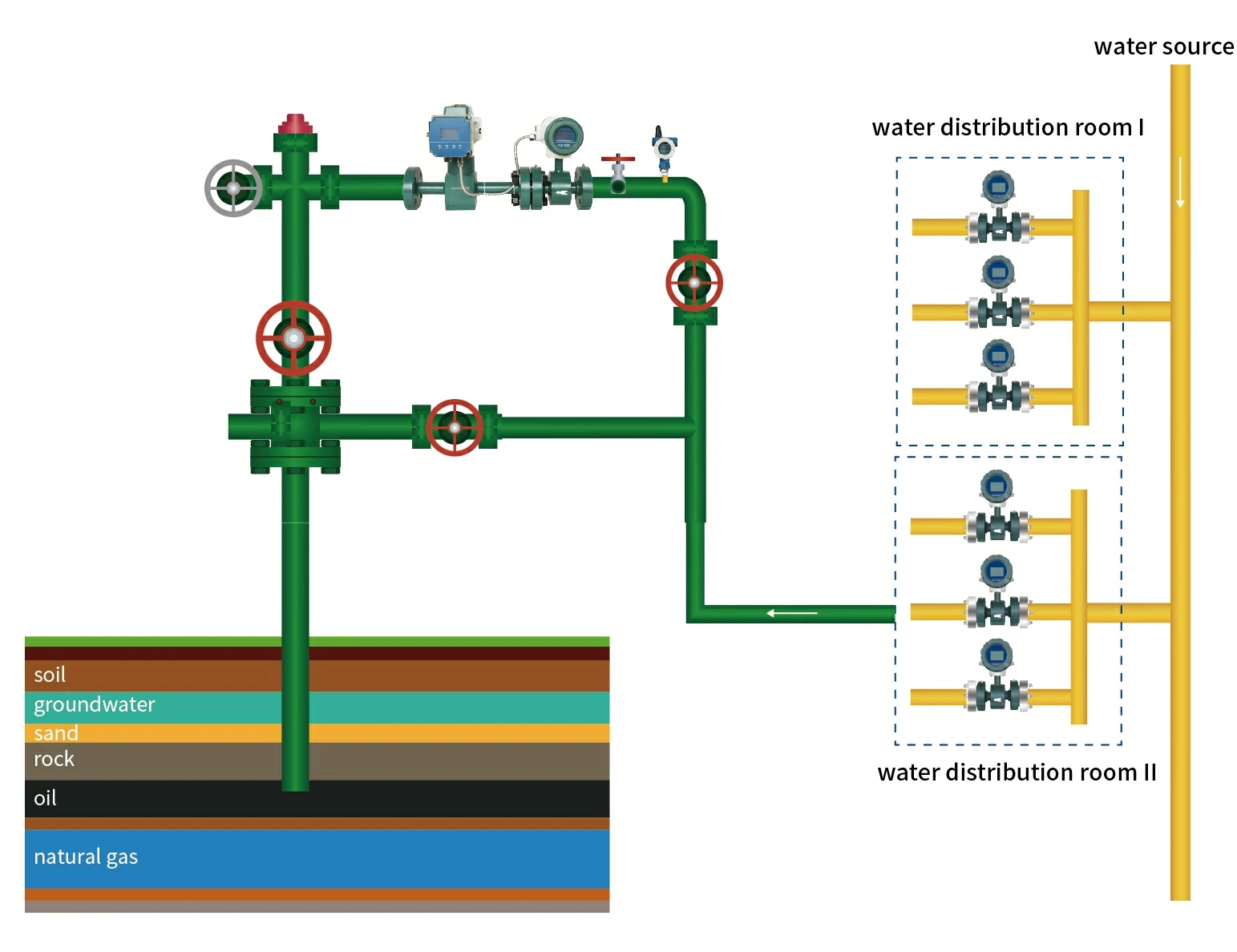
Install instruments like electromagnetic flowmeters, temperature/pressure transmitters, flow controllers in the pressure pumps, water injection pipelines, and water injection wells to monitor the water injection volume, pressure, and level changes in real time so that the pressure and volume of the well-injected water can be controlled.
more info...